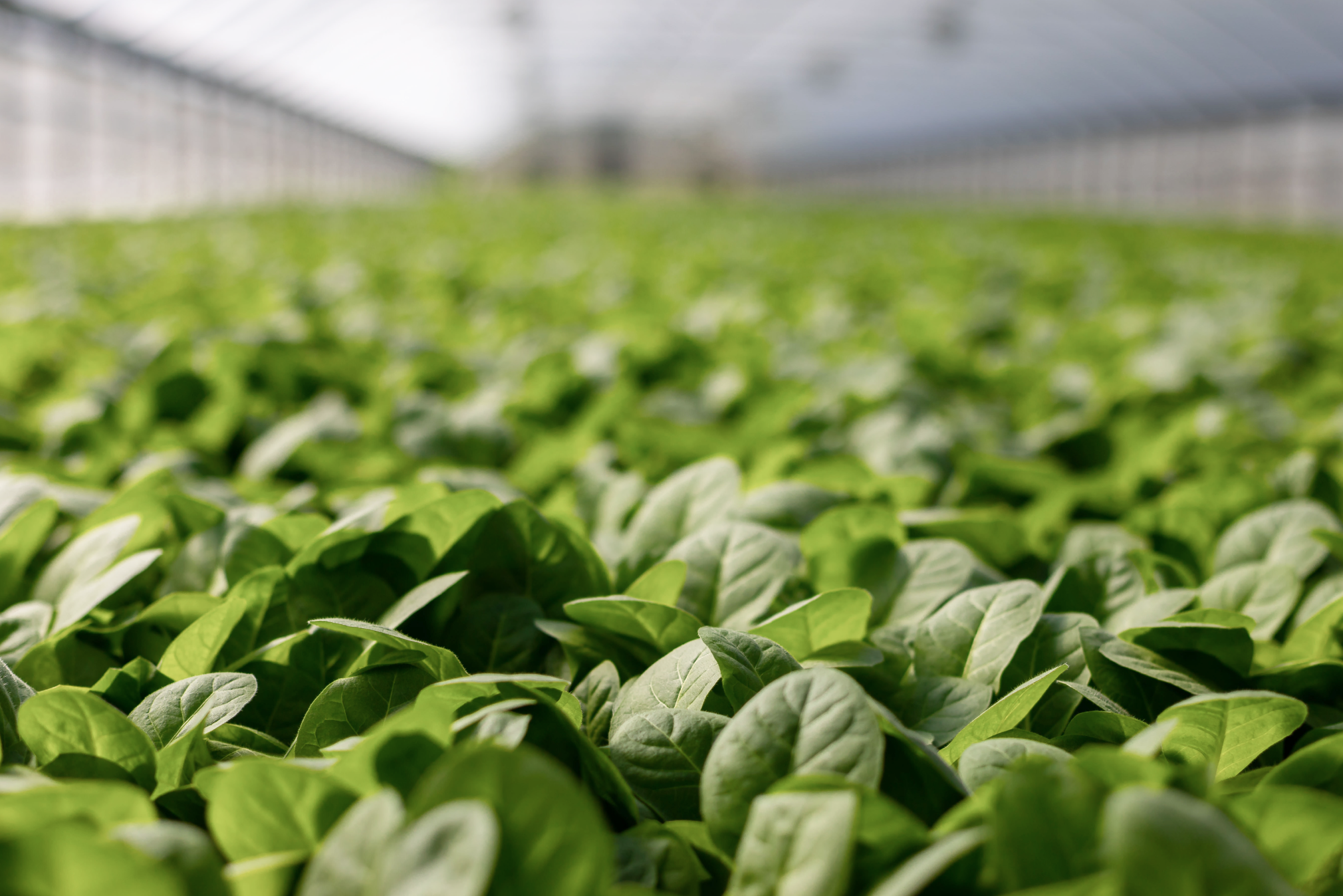Finding new opportunities at the intersection of science, infrastructure, and workforce.
Different sources offer different opinions about which industrial revolution we are currently in; many believe we are in the midst of a fourth industrial revolution with “a fusion of technologies that is blurring the lines between the physical, digital, and biological spheres.” An industrial revolution is driven by a structural shift in the building blocks of products, services, and our economy at large. Mechanized energy, hydrocarbons, and transferable data have been the new building blocks of the last few; the next one uses more familiar building blocks. The materials, chemicals, energy, and even services driving our next economy are those derived from renewable biological resources. In a word: “bioeconomy.”
This topic is particularly inspiring for Luminary Labs because we love connecting the dots between focus areas. A functioning and competitive bioeconomy exists at the intersection of science that delivers the implausible through biological, physical, and chemical processes; infrastructure that can test, commercialize, and scale what would otherwise just be lab experiments; and a workforce ready to bring the old- and new-school skills that fuel progress. It all adds up to a once-in-a-generation opportunity to bring America’s bioeconomy out of the lab and into real life — and turning this vision into a reality may be surprisingly attainable.
What is the bioeconomy?
Every country describes the bioeconomy in its own unique way, and even within the United States, different organizations offer different definitions of “bioeconomy.” The Congressional Research Service says “the term bioeconomy refers to the share of the economy based on products, services, and processes derived from biological resources” — for example, plants and microorganisms — and includes activity in multiple industries, such as agriculture, textiles, chemicals, and energy. The National Academies of Sciences, Engineering, and Medicine defines it broadly as economic activity “driven by research and innovation in the life sciences and biotechnology, and that is enabled by technological advances in engineering and in computing and information sciences.”
Regardless of the litmus test, the bioeconomy represents an enormous opportunity. In 2016, NASEM estimated the bioeconomy accounted for nearly $1 trillion (about 5.1%) of U.S. gross domestic product, and Schmidt Futures expects new technological developments — including genome editing, artificial intelligence, automation, and miniaturization — to accelerate the U.S. bioeconomy toward $4 trillion over the next 10 to 20 years.
Why the bioeconomy matters
Of course, the bioeconomy’s impact goes well beyond GDP; investing in this sector can help the U.S. solve a number of intractable problems. As the Federation of American Scientists’ Day One Project notes, the bioeconomy “has the potential to revolutionize human health, climate and energy, food security and sustainability, and supply chain stability, as well as support economic growth and well-paying jobs across the entire country.”
A “Bio Belt” in rural America could bring prosperity and opportunity to places left behind by the tech boom in recent decades — and a thoughtful approach to upskilling, reskilling, and workforce development could open up fulfilling career paths for people with a wide range of interests and backgrounds. In regions across the country, the public and private sectors are betting on the future of the bioeconomy: New York City announced plans to build a biotech hub in Brooklyn, Boston-based Ginkgo Bioworks recently expanded its synthetic biology platform, and a company in Ames, Iowa, received USDA backing to turn soybean oil into pavement. And several winners in the Economic Development Administration’s Build Back Better Regional Challenge are using investments in biotechnology and biomanufacturing to transform their regional economies.
The White House published a National Bioeconomy Blueprint in 2012, but a number of factors are converging to make this decade a particularly catalytic moment for the U.S. bioeconomy. Thanks to an Executive Order signed by President Biden in September 2022, biotechnology and biomanufacturing have benefited from a boost in political will and an infusion of capital and resources. Pandemic-era scientific advancements and proof points have resulted in growing public awareness of the bioeconomy’s value. And geopolitical pressure is generating a sense of urgency around competing on a global stage: To date, nearly 60 countries have released official bioeconomy policies or strategies. If America doesn’t build capacity and scale quickly, we will be left behind by countries making significant investments of their own.
How to accelerate America’s bioeconomy
As part of a Bioeconomy Policy Development Sprint, Jon recently developed a policy proposal with support from the Federation of American Scientists’ Day One Project. “Accelerating bioindustry through research, innovation, and translation” makes a case for a coordinated and concerted effort that taps the federal government’s unique combination of scale and highly effective lab-to-market incentive mechanisms.
That’s just one aspect of building a national strategy to advance biotech and biomanufacturing across opportunity areas, including health, climate and energy, food and agriculture, and supply chain resilience. For example, other Day One proposals have recommendations for establishing a NIST Bio for America program office and developing a test facility network. Key enablers will include policy (including regulatory harmonization), funding, research, workforce, and infrastructure — and both public and private sectors have important roles to play.
Photo by Mark Stebnicki.



